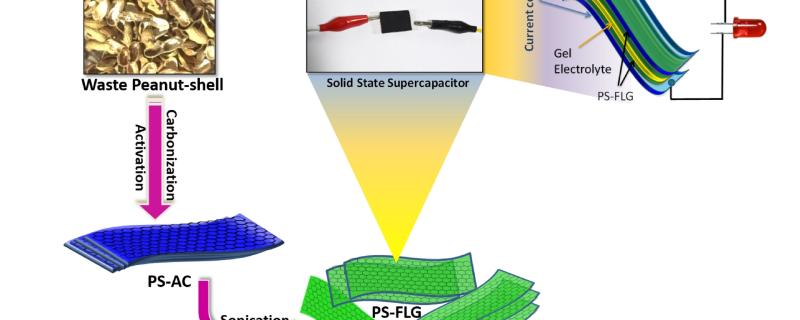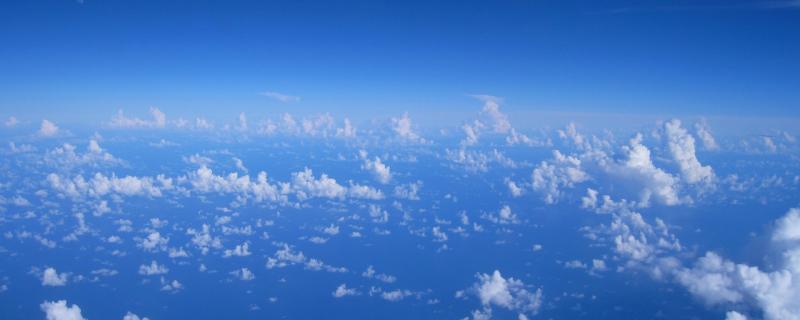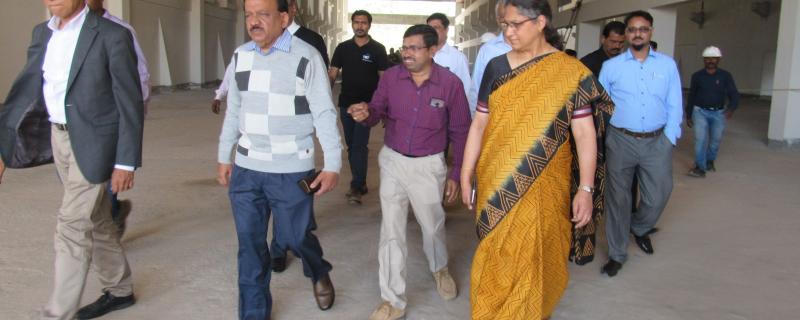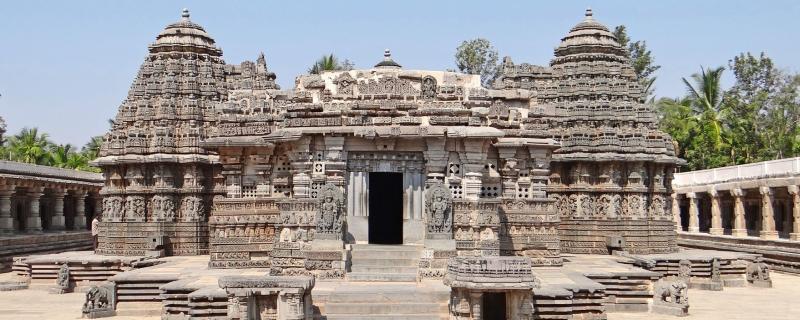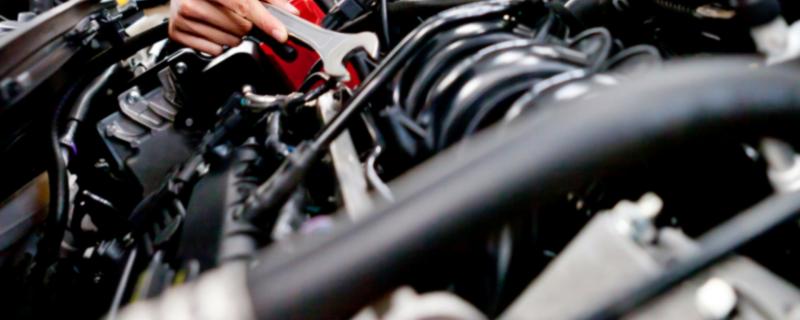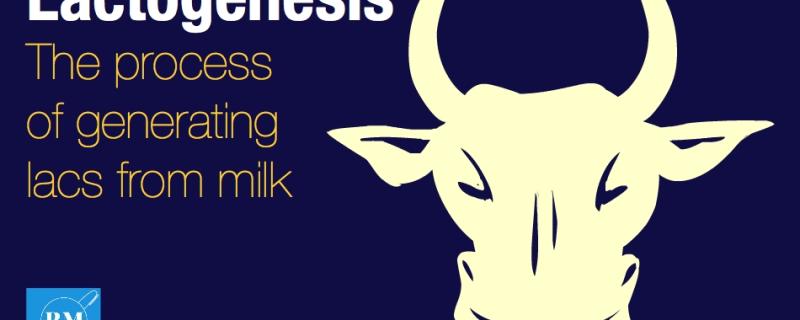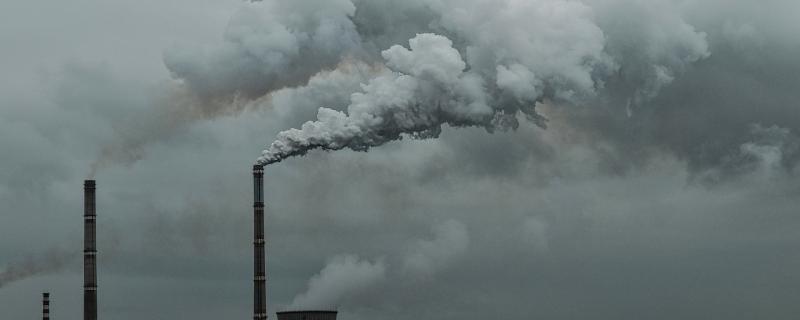Graphene is called the ‘wonder material’ due to its electrical and mechanical properties and is now evolving as an alternative to conventional energy storage devices like batteries and supercapacitors. Researchers from Institute of Nano Science and Technology (INST), Mohali, use peanut shells to manufacture high-quality graphene nanosheets.
Archives
Researchers from Indian Institute of Technology Indore, Indore have developed shape controlled cobalt ferrite nanoparticles, which can be used to accurately measure the humidity of a region.
Whales are magnificent creatures. Not only are they the some of the largest mammals on the planet, they also have the longest mammal migrations. Why and how do whales migrate? And what are some of the challenges they face on the way?
Dr. Harsh Vardhan, Hon’ble Union Minister for Science and Technology, Environment, Forest and Climate Change and Earth Sciences, Govt. of India visited the Centre for Research and Education in Science and Technology (CREST), Indian Institute of Astrophysics (IIA) at Hosakote. He was welcomed by Prof. P Sreekumar, Director of IIA and Prof.
Humans have always been fascinated by symmetry. Many celebrated works of art are appreciated for their symmetry, such as the Vitruvian Man by Leonardo Da Vinci, or Somnathpur temple above. Given the importance of symmetry in our lives, does the brain have a special way of processing symmetric objects?
Researchers from Indian Institute of Technology Kanpur, Kanpur have come up with a potential roadmap to control diesel engine pollution, by looking at the different techniques available to curb emissions from a diesel engine.
India is the world’s largest milk producer and it produced 140 million tonnes of milk just last year. Though we know the milk comes from bovines (cows and buffaloes), how exactly is it produced in mammals?
भारत विश्व का सबसे बड़ा दूध उत्पादक देश है। पिछले वर्ष भारत में १४० मिलियन टन दूध का उत्पादन हुआ था। हम जानते हैं की मुख्यतः दूध गायों और भैंसों से आता है। लेकिन कभी सोचा है कि स्तनधारियों में दूध किस प्रकार उत्पन्न होता है?
ಭಾರತವು ವಿಶ್ವದ ಅತಿದೊಡ್ಡ ಹಾಲಿನ ಉತ್ಪಾದಕ ರಾಷ್ಟ್ರವಾಗಿದ್ದು, ಕಳೆದ ಒಂದು ವರ್ಷದಲ್ಲೇ ೧೪೦ ದಶಲಕ್ಷ ಟನ್ ಹಾಲು ಉತ್ಪಾದಿಸಿದೆ. ಹಾಲನ್ನು ರಾಸುಗಳು (ಹಸುಗಳು, ಎಮ್ಮೆಗಳು) ಉತ್ಪಾದಿಸುತ್ತವೆ ಎಂದು ನಮಗೆ ತಿಳಿದಿದ್ದರೂ, ಇದು ಸಸ್ತನಿಗಳಲ್ಲಿ ಹೇಗೆ ಉತ್ಪತ್ತಿಯಾಗುತ್ತದೆ ಗೊತ್ತೇ?
According to the World Health Organization, the safe limit of PM2.5 concentration for humans is 25 micrograms/cubic metre.

